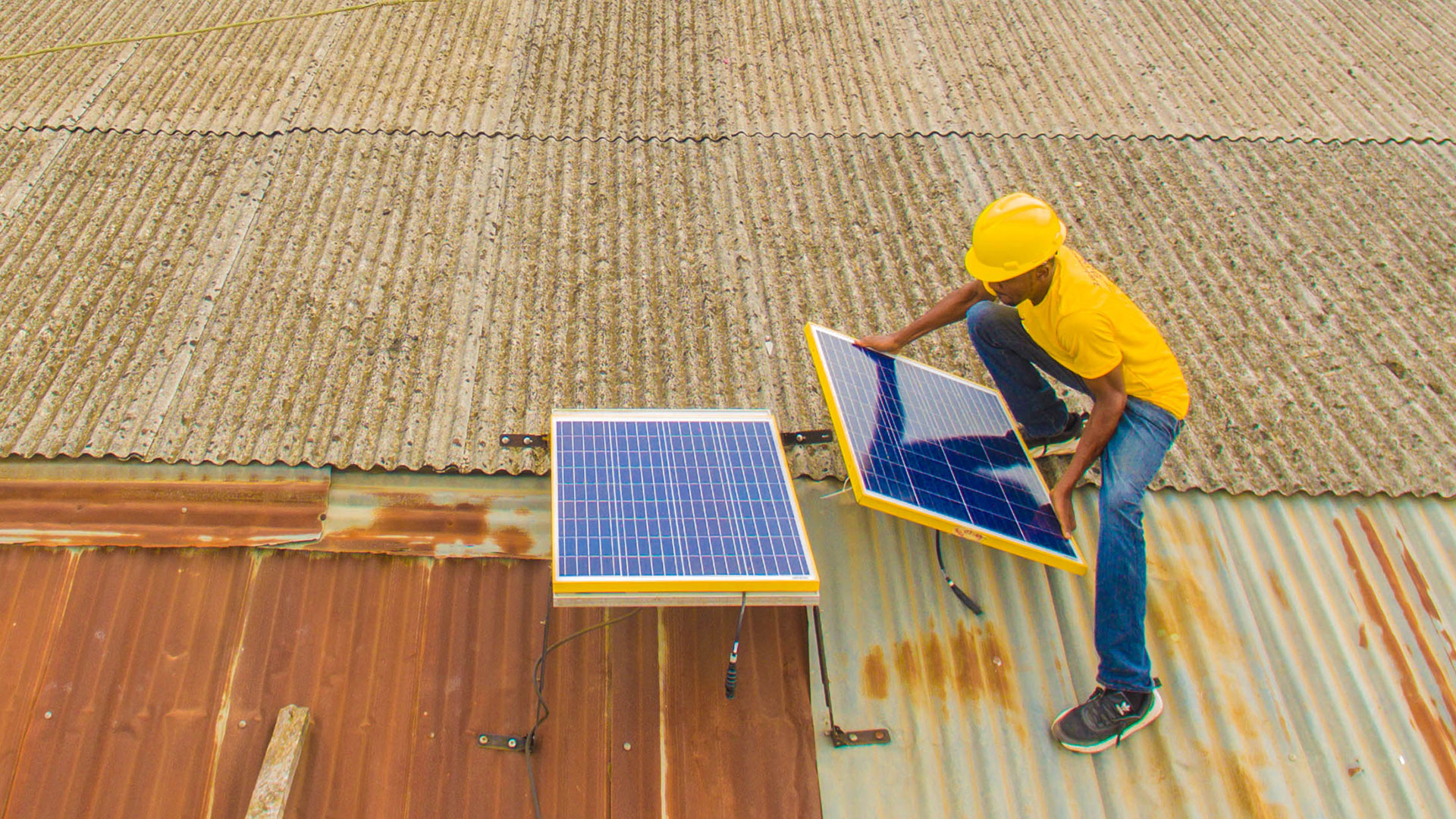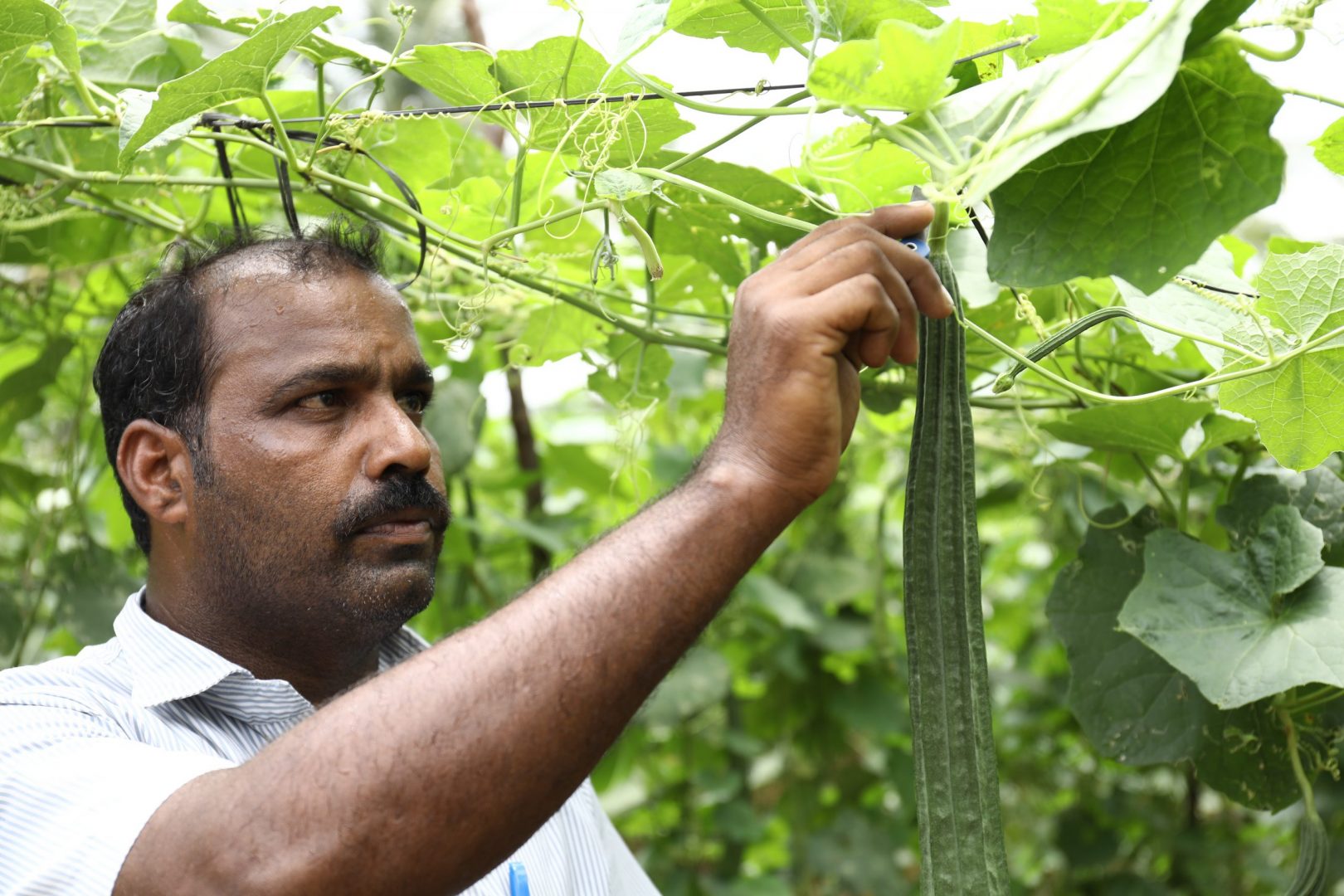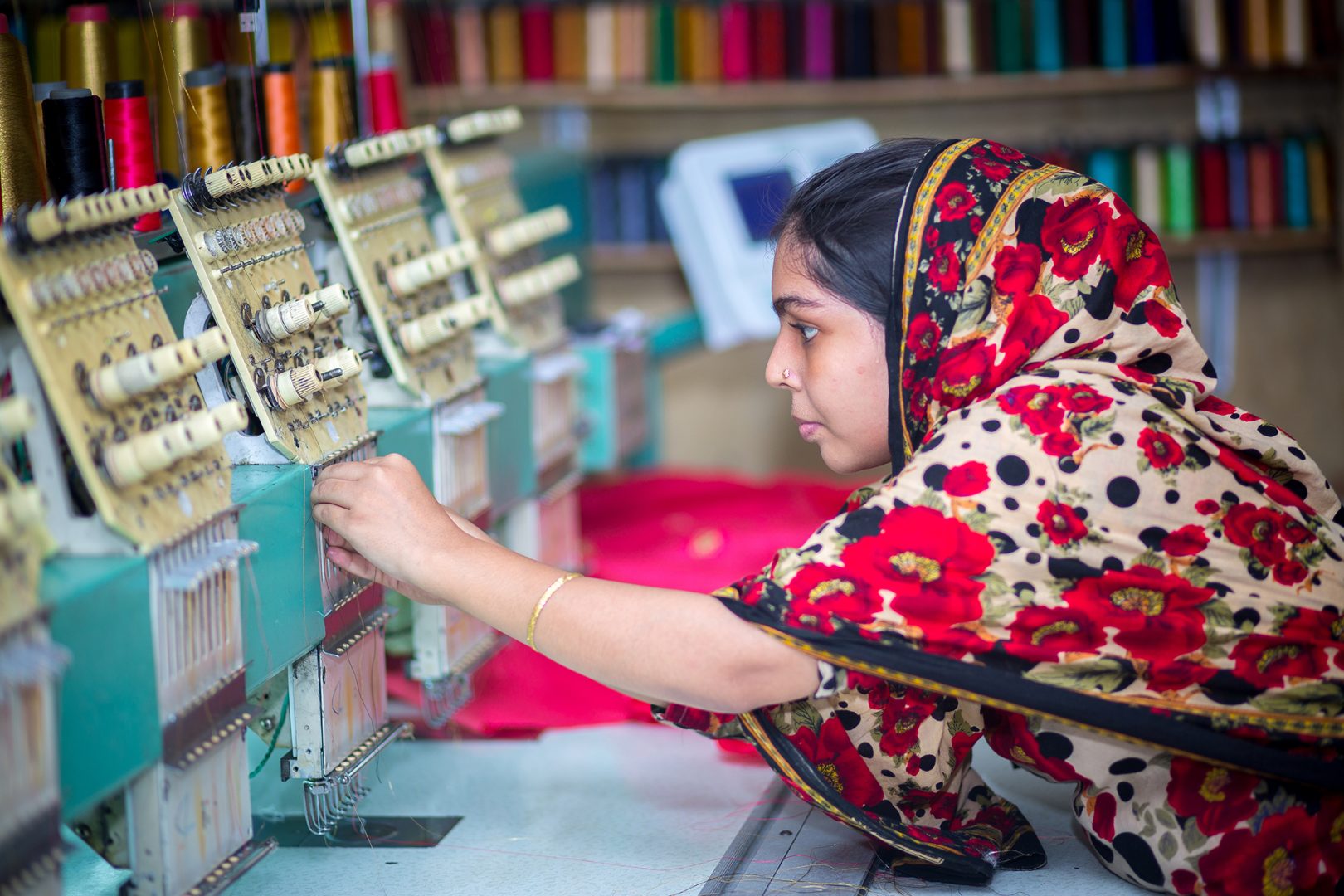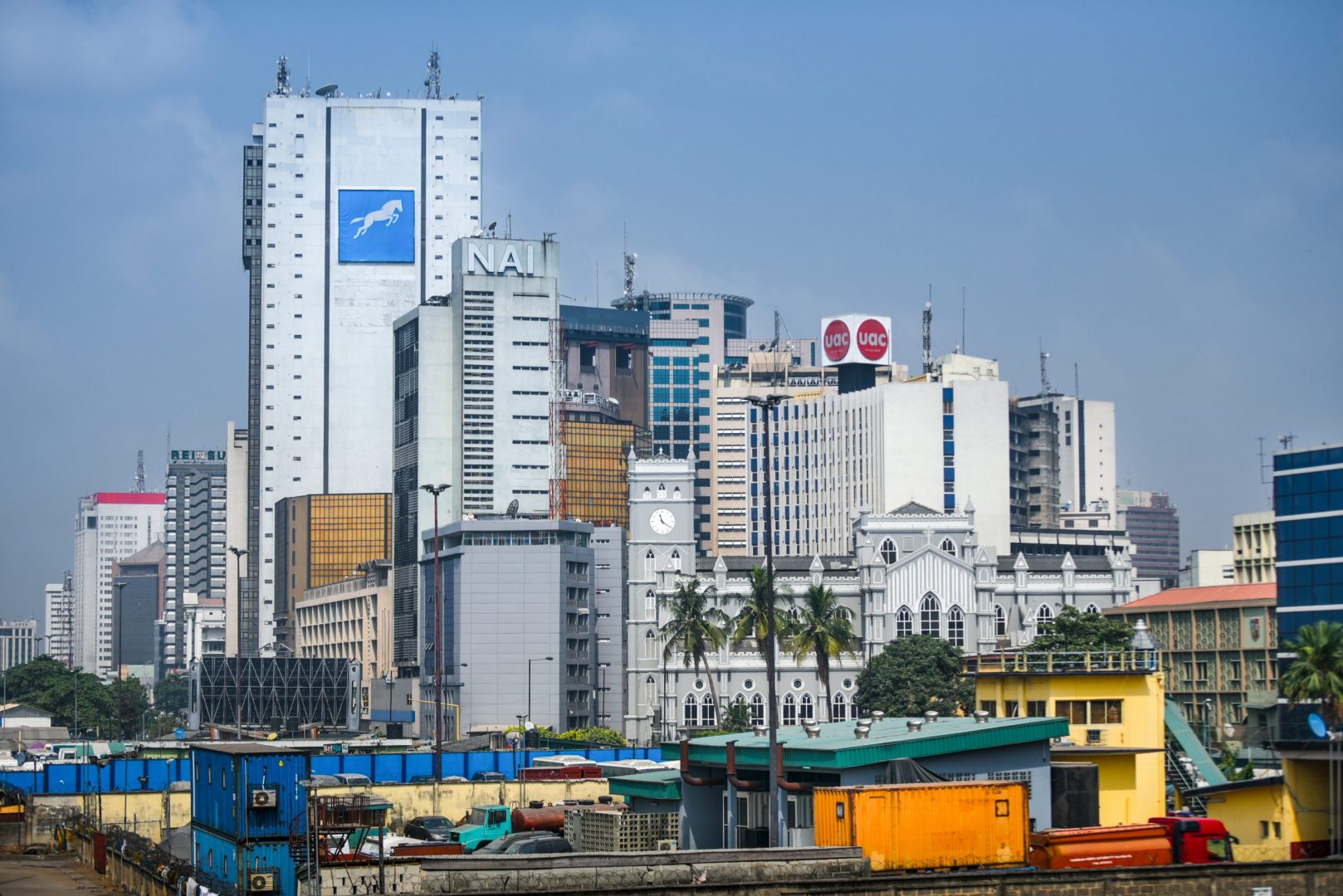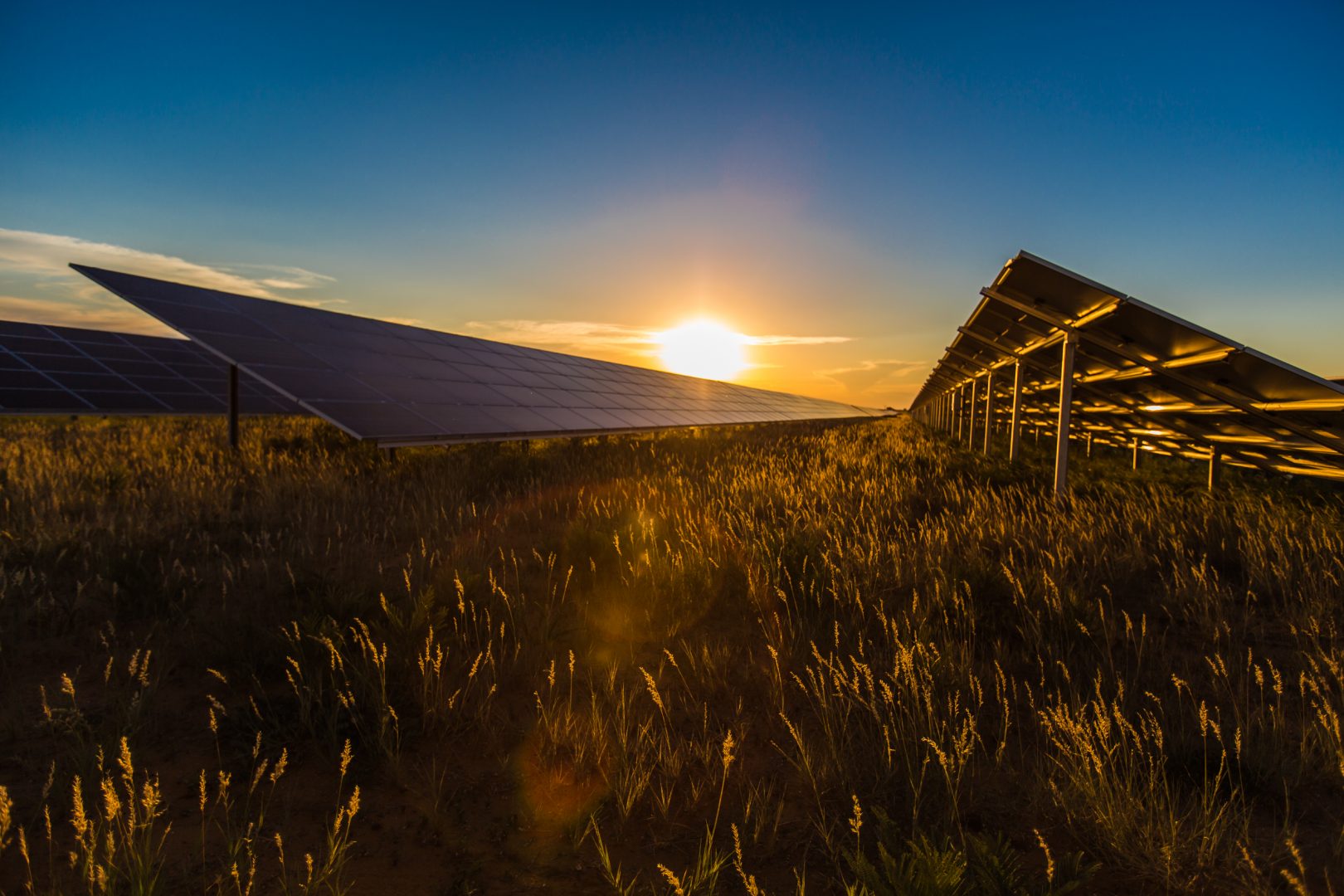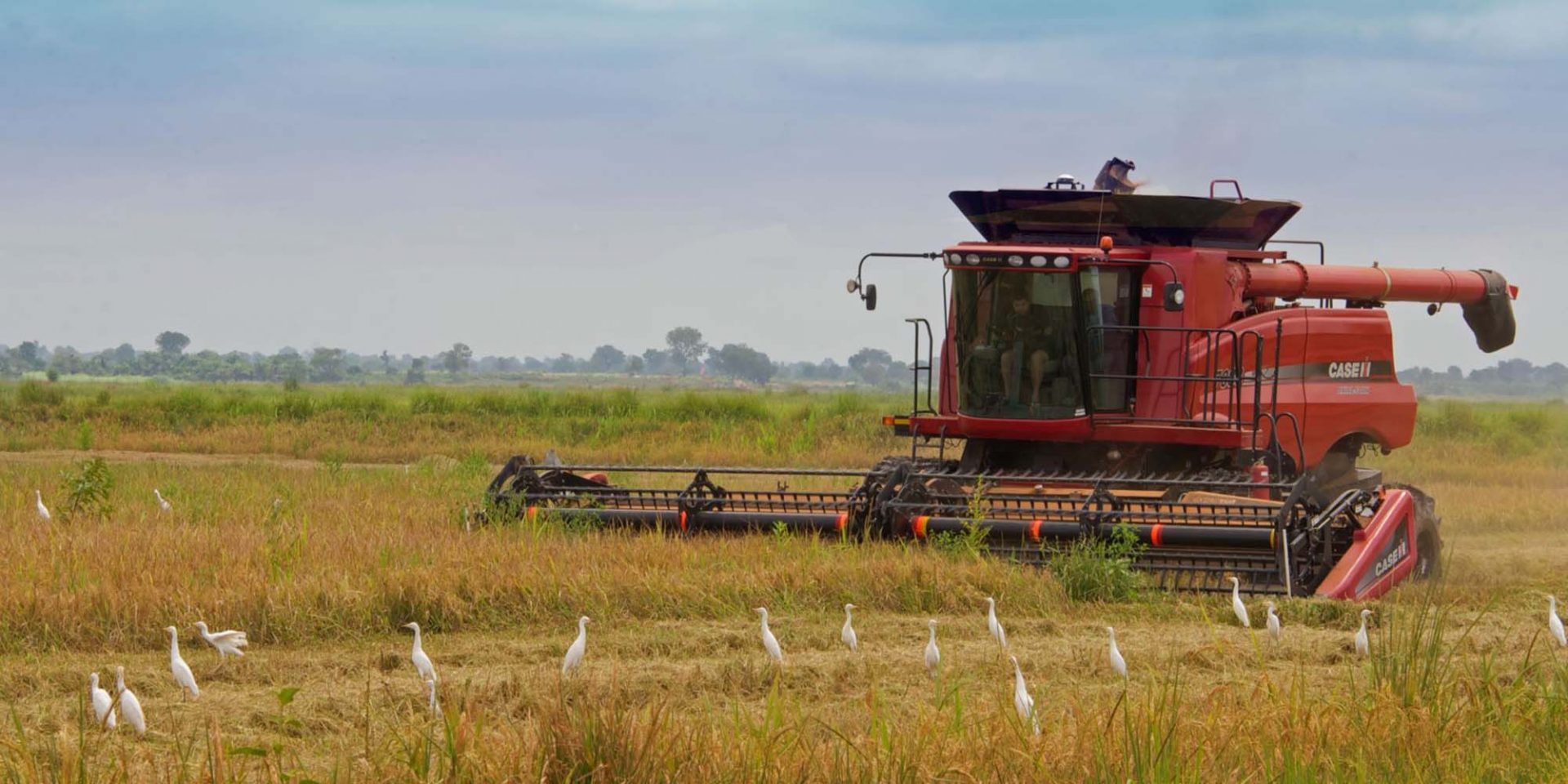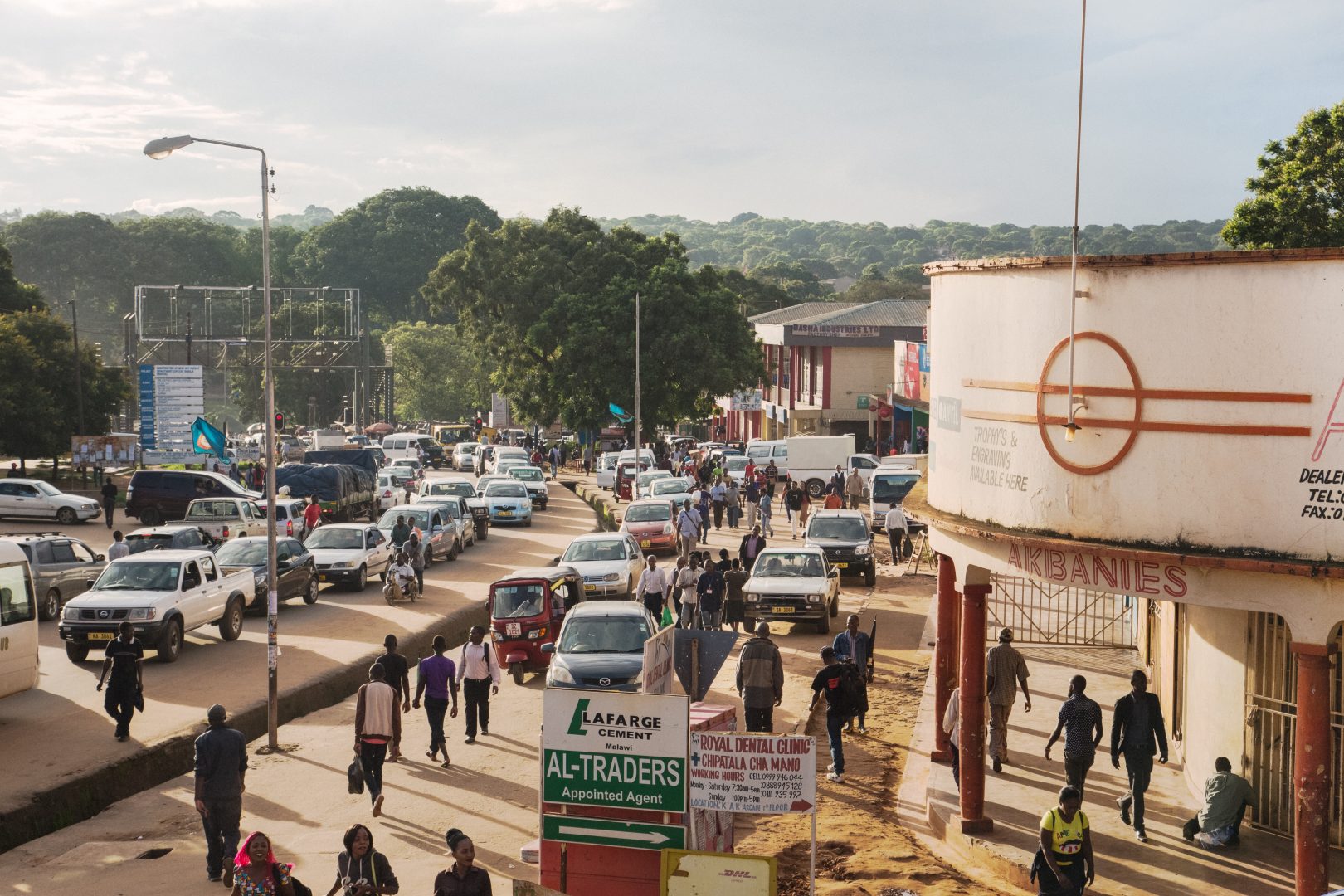With COP only just in the rear-view mirror, this question is on people’s minds. But we might also ask what high interest rates mean for development finance more generally. The climate crisis and Paris agreement are top of mind today, but the poverty crisis and SDGs have not gone away (the two are, of course, connected).
The impact of high interest rates on development finance is a big question, and a complete answer would cover a lot of ground. It would include how governments – lenders and borrowers — will respond to debt crises; the extent to which monetary tightening will suck capital from emerging to developed markets; what will happen to exchange rates and foreign exchange shortages in countries; and how deep economic downturns will be. All of these things will affect the demand for new investments. The nature of needs may shift too, so development finance institutions (DFIs) may want to shuffle their impact priorities and donor governments may rethink how they allocate resources between DFIs and other instruments.
My crystal ball is temporarily out of service for maintenance, so I am going to confine myself to two questions, both about the implications of higher rates for infrastructure investment, especially in renewable energy. There are concerns that a higher cost of capital is going to slow down investments in sustainable infrastructure, and tip the playing field against renewable energy, which is more capital intensive than fossil generation (meaning capital constitutes more of overall costs and operating costs less). The two questions are: will more concessional finance help, and can infrastructure investments be structured to minimise the impact of a higher nominal cost of capital?
Each of these questions requires a blog to itself. Here they are:
- Subsidies for green investments when the cost of capital is rising
- Structuring investments to adapt to high nominal rates and inflation
Those two blogs discuss some potential remedies, but damage will inevitably be done. The financial (and potentially operating) performance of existing infrastructure investments will be blown by the storm of currency depreciation and debt crises. Some, financed by dollar debt in countries whose access to dollars was reliant on the ability to issue bonds – and who have now lost market access – may go into default. That’s because the government is often the ultimate source of revenue, sometimes via transfers to insolvent state-owned utilities, and they will lose the ability to find dollars. That experience will make attracting new investment harder in those countries and others perceived to be at risk of a similar situation.
Infrastructure projects under development will also suffer. It is not only nominal financing costs that have increased, but the prices of materials and capital goods. Customers may have the right to cancel projects in development if the proposed tariff exceeds an agreed cap. In theory those caps should adjust to the fact that all prices are rising – in practice they may not. Projects that are further along, with contracts already signed and ground broken, may fall apart because EPC contractors (engineering, procurement, and construction) walk away after input price inflation has left them unable to deliver at the agreed price (and they’d rather pay contractual penalties than deliver at a loss).
In these difficult times, the patient and impact-oriented approach of development finance institutions will be particularly important. DFIs will not be able to rescue every project but our priority will be to preserve impact, where we can. Troubled projects may also require the intervention of multilateral development banks and other actors with an ability to influence policy and assist governments more directly.

